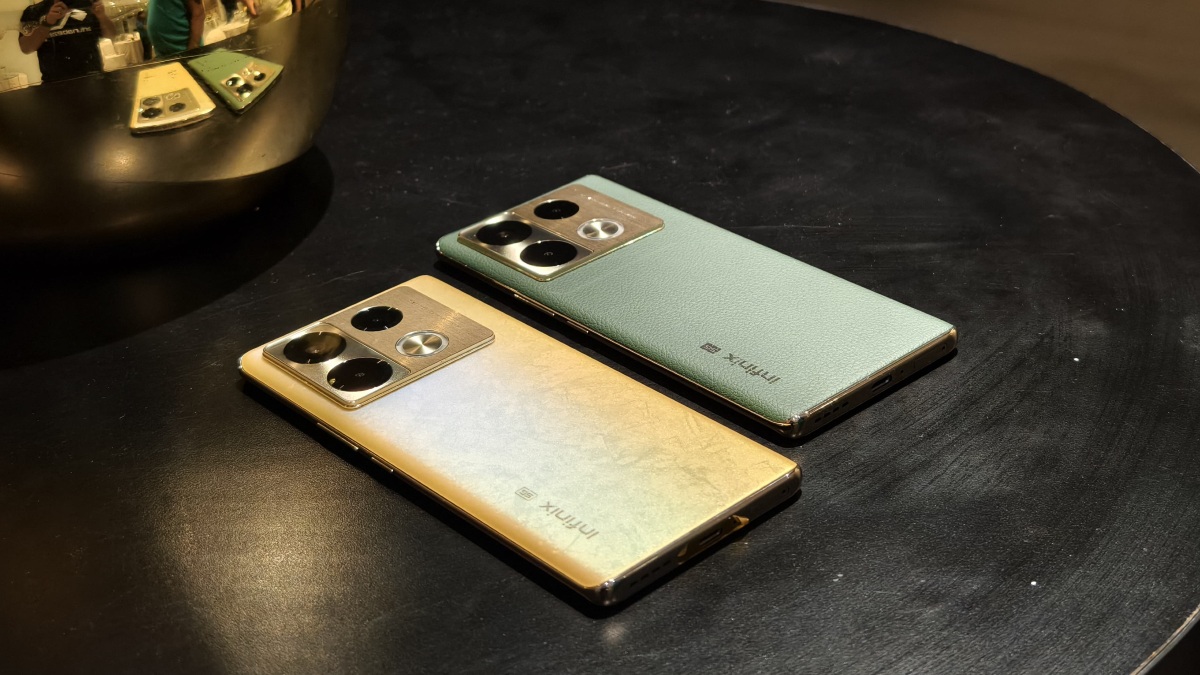Just In
- 6 hrs ago

- 14 hrs ago

- 15 hrs ago

- 1 day ago

Don't Miss
- News
 Ghazipur Landfill Fire: Massive Blaze Erupts At Delhi's Garbage Mountain | WATCH Video
Ghazipur Landfill Fire: Massive Blaze Erupts At Delhi's Garbage Mountain | WATCH Video - Sports
 RCB IPL 2024 Playoff Scenario: Can Royal Challengers Bengaluru Qualify for the Playoffs after KKR Defeat?
RCB IPL 2024 Playoff Scenario: Can Royal Challengers Bengaluru Qualify for the Playoffs after KKR Defeat? - Finance
 Missed Your Voter ID Card? Here Are 10 Alternate Documents You Can Use This Election Season!
Missed Your Voter ID Card? Here Are 10 Alternate Documents You Can Use This Election Season! - Movies
 Love Sex Aur Dhokha 2 Cast Salary: HOW MUCH Was Mouni Roy Paid For Her CAMEO In LSD 2? GUESS The FEE -
Love Sex Aur Dhokha 2 Cast Salary: HOW MUCH Was Mouni Roy Paid For Her CAMEO In LSD 2? GUESS The FEE - - Lifestyle
 World Earth Day 2024 Wishes, Greetings, Images, Twitter Status And Instagram Captions
World Earth Day 2024 Wishes, Greetings, Images, Twitter Status And Instagram Captions - Automobiles
 Ensuring Car Fitness Ahead Of A Road Trip: Top Tips & Tricks You Need To Know
Ensuring Car Fitness Ahead Of A Road Trip: Top Tips & Tricks You Need To Know - Education
 Assam Class 10 Result 2024 Declared: Anurag Emerged as the Top Performer With 593 Marks
Assam Class 10 Result 2024 Declared: Anurag Emerged as the Top Performer With 593 Marks - Travel
 Journey From Delhi To Ooty: Top Transport Options And Attractions
Journey From Delhi To Ooty: Top Transport Options And Attractions
NASA Asteria Mysteriously Loses Contact Examining Exoplanets
NASA's Jet Propulsion Laboratory has announced that the Asteria satellite has gone radio silent. The Arcsecond Space Telescope Enabling Research in Astrophysics or simply Asteria is a suitcase-shaped spacecraft called CubeSat, set on a mission to find exoplanets. Launched in November 2017, the last update was revived on December 5, 2019.
NASA Asteria: What Is It?
Interestingly, Asteria is not a NASA-funded project, even though JPL runs it. The satellite was on a mission to observe stars and changes in their brightness that might indicate the presence of distant planets. The CubeSat spacecraft with Asteria had already completed its primary mission in 2018 and had continued for three mission extensions.
Some of Asteria's achievements include successfully observing the transit of the previously discovered exoplanet 55 Canceri. This was achieved as part of its extended mission, which earned Asteria the title "Mission of the Year".
"The Asteria project achieved outstanding results during its three -month prime mission and its nearly two-year-long extended mission," said JPL's Lorraine Fesq, current Asteria program manager.
Additionally, the satellite was used for various tests, including software-related ones. As part of the tests, Asteria tested the software and capabilities to make CubeSat more autonomous while in orbit. Asteria paved the way for smaller satellites to be used in larger missions.
NASA Working On Finding Asteria
The reason behind the silence of the Asteria satellite is unknown yet. As previously mentioned, Asteria didn't directly belong to NASA. It was developed under the Phaeton program as a collaboration project between MIT and JPL. Asteria was initially designed to function as a tool for training early-career space engineers, before heading out to explore exoplanets.
"Although we are disappointed that we lost contact with the spacecraft, we are thrilled with all that we have accomplished with this impressive CubeSat," says Fesq. Even if NASA fails to regain contact with Asteria, the scientists can still conduct experiments on CubeSat autonomy programs. NASA will use the mission testbed - a replica of the spacecraft's internal hardware, kept on Earth for testing purposes to continue experimenting.
-
99,999
-
1,29,999
-
69,999
-
41,999
-
64,999
-
99,999
-
29,999
-
63,999
-
39,999
-
1,56,900
-
79,900
-
1,39,900
-
1,29,900
-
65,900
-
1,56,900
-
1,30,990
-
76,990
-
16,499
-
30,700
-
12,999
-
18,800
-
62,425
-
1,15,909
-
93,635
-
75,804
-
9,999
-
11,999
-
3,999
-
2,500
-
3,599














































